Origin:
Following a law enacted on June 26 1935, the RAD moved from being a voluntary service to becoming compulsory. All German men between the ages of 18 – 25 were obligated to serve in the RAD for six month before enlisting in military services. It would not be until September 1939 that this law would become universally enforced.
 |
| RADwJ 1/142 Dumzin, Germany – 1941 |
In 1934, there were 7,347 women in RADwJ. These women worked in agriculture, forestry, economics, and horticulture. They also participated as maid cattle breeders/caretakers in the country.
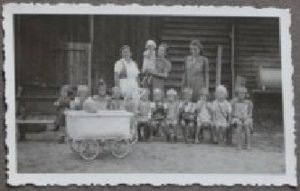 |
| RADwJ 1/142 Dumzin, Germany Kindergarten Class 1941 |
Women in RADwJ had to be at least 20 years old and serve for a period of six months. The women worked for 12 hours a day and up to 76 hours a week. They served mostly in agriculture but also in various industries. Those women who chose to continue their service in the RADwJ went on to achieving a high-raking command position. The women received a daily wage of 0.20 RM per day (about 0.04 cents an hour, or about 50 cents in today’s US dollar).
 |
| In 1937, there were about 25,000 Arbeitsmaiden |
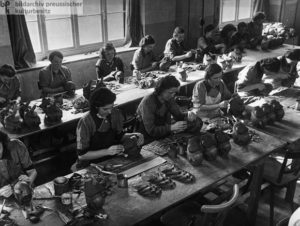 |
| RADwJ Women making gas masks © Bildarchiv Preußischer Kulturbesitz/ Germin |
 |
| RAD Lager 1/142 – Dumzin, Germany Palace Domacyno Domacyno, Poland |
While 3 were nurses (Gesundheitshelferin),
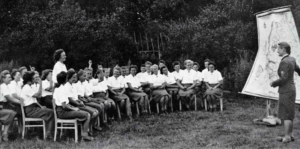 |
| And one Camp Leader (Lagerführerin) – here she is teaching class (c) Jugend1918-1945.de |
The camp leaders and nurses received a regular salary while the Arbeitsmaiden received 0.20 RM per day.
Districts:
There were thirteen RADwJ districts. The first German town is the name of the district, followed by the seat (location) of the district headquarters. Later on, another 20 districts were added to conform to the male RAD/M districts.
2 Pomerania – Stettin
3 Nordmark – Schwerin in Mecklenburg
4 Kurmark – Berlin
5 Schlesien – Breslau
6 Mitteldeutschland – Weimar
7 Sachsen – Dresden
8 Niedersachsen – Hannover
9 Westfalen – Dortmund
10 Koblenz – Rheinland
11 Hessen – Wiesbaden
12 Südwestdeutschland – Stuttgart
13 Bayern – München
Another brooch is known to be round in shape with the swastika in the center surrounded not only by the ears of barley, but also whole stalks on a textured background. The flat edge bore in the old German Sütterlin script: “Arbeit für den Volk, Adelt dich Selbst, Deutscher Frauenarbeitsdienst,” (Work for our People, Enoble Yourselves, German Women’s Labor Service). Nothing else is known about these brooches except that these brooches bear serial numbers suggesting they were a form of an award whose issue was regulated.
In July 1941, a special badge to recognize service as a wartime helper was introduced. This consisted of a swastika over a chevron formed by two ears of barley. Over this chevron was draped a scroll bearing the initials RADwJ (Reichsarbeitsdienst weibliche Jugend – State Labor Service Female Youth).
Piping: The rank of the Maidenunterführerin wore silver/black mixed cord piping to the collar. This eventually changed to a plain silver cord for the ranks of Maidenführerin. Gold was for the rank of Stabsführerin to Stabshauptführerin.
In 1944, a change was introduced for NCO equivalent grades specifically serving with Flak units. The rank of Kameradschaftälteste was changed to Obermaid and the rank of Jungführerin to Hauptmaid.




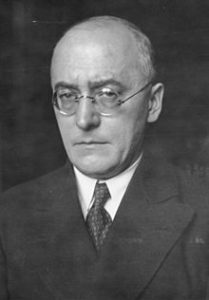

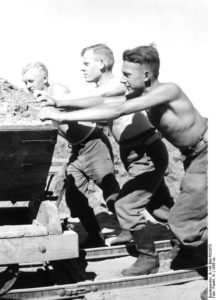
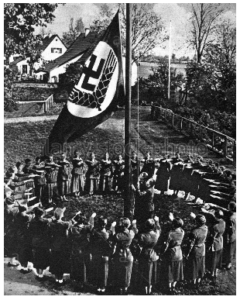
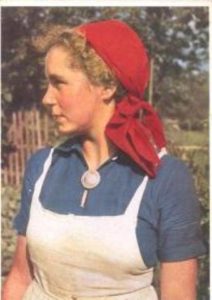





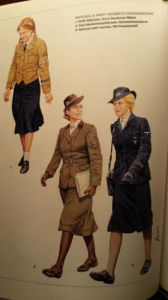
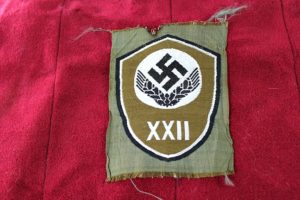

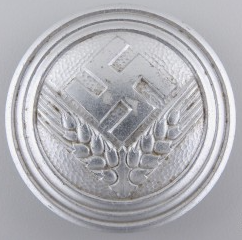

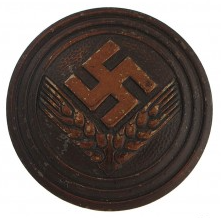
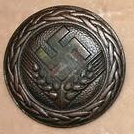



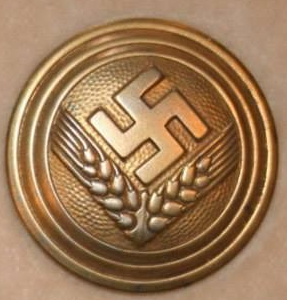
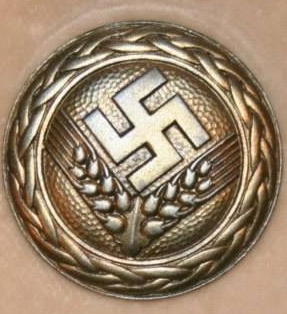


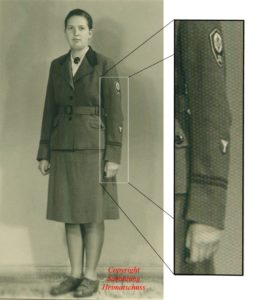
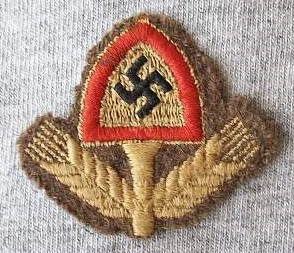
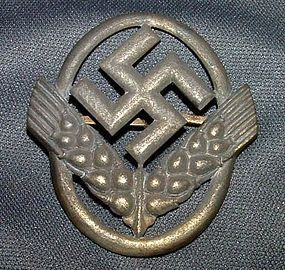
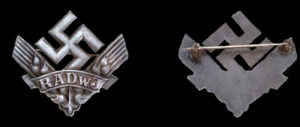
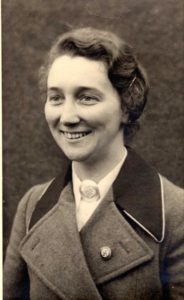

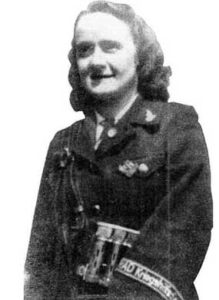
Leave a Reply